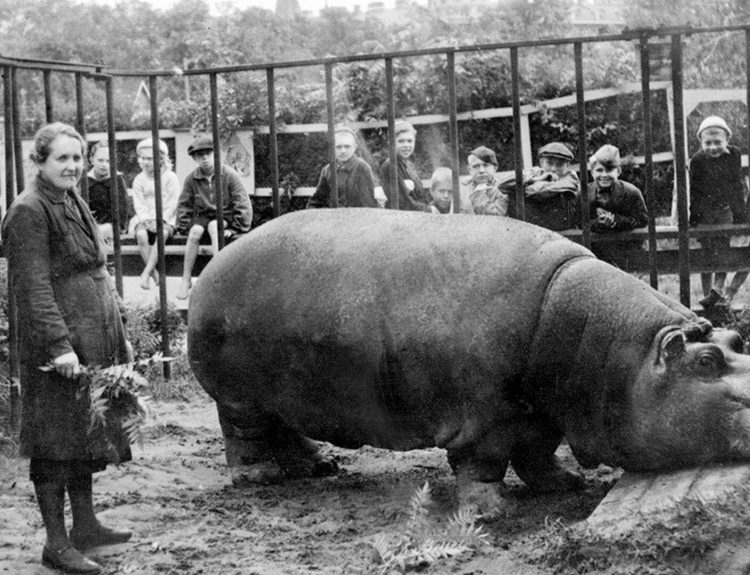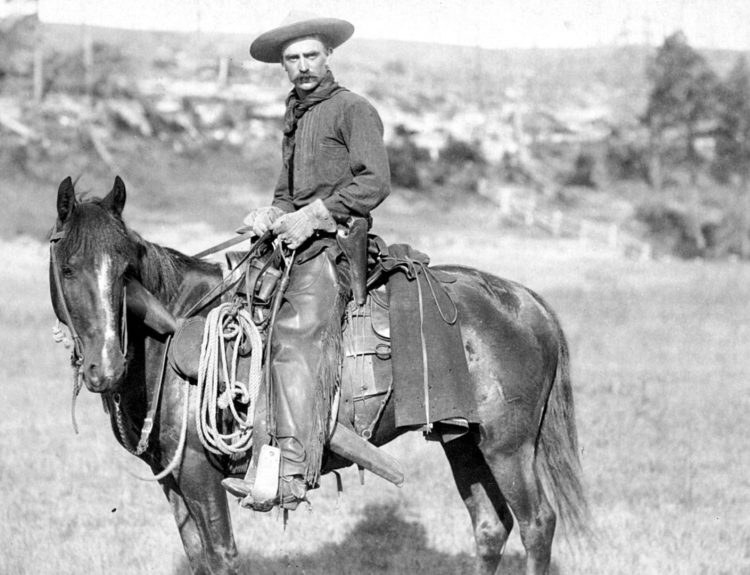Dinosaurs have fascinated scientists ever since the first fossils were discovered in the nineteenth century. A race of megalizards that ruled our planet for not thousands, but millions of years? It’s understandable that the idea would continue to mystify, even hundreds of years after that first discovery. Even more fascinating and curious, though, is what exactly caused the demise of such a prolific and enduring race of creatures in the first place.
Extinction As A Study
The death of the dinosaurs is not the first extinction event that the planet has undergone. To scientists’ understanding, there have been five major extinction events in Earth’s history. The most recent extinction occurred 65 million years ago, and it is this extinction event that wiped the dinosaurs off the face of the earth.
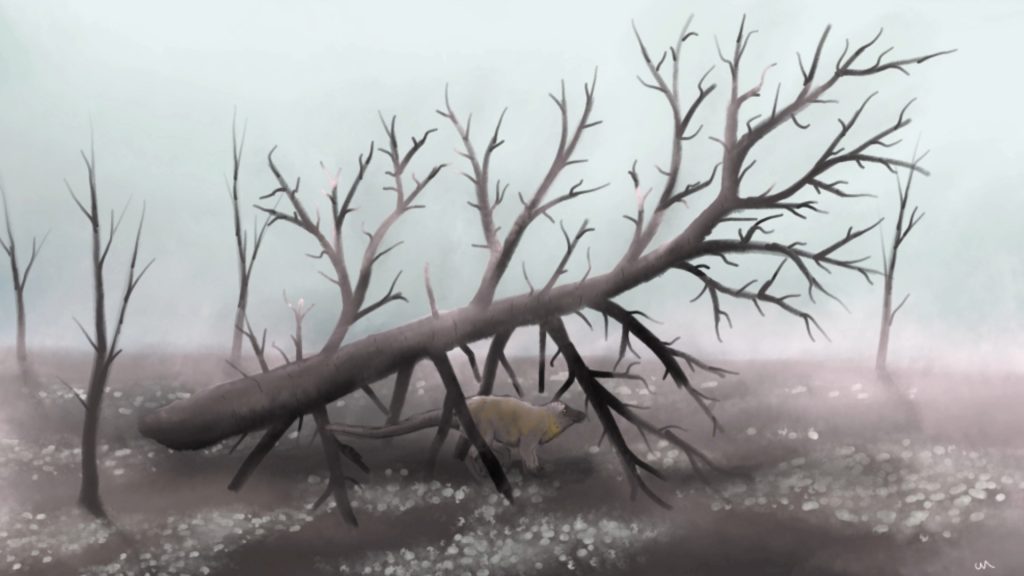
Simply put, a mass extinction event is a period of time where a good chunk, or even the majority, of life on planet Earth dies off. These extinction events can have many different causes, but the death of the dinosaurs has been the event that has fascinated scientists who study the earth’s history the most.
Causes Are Difficult to Determine, But Not Impossible
The idea that hundreds of species of megalizards and fish and birds, all of whom with different habitats and environmental needs, all died off around the same time? A fascinating question of what exactly caused it in the first place.

Previous extinction events have been attributed to global warming, global cooling, ocean acidification, and more. It’s difficult to say exactly what caused some of these mass extinction events, but the question of the dinosaurs is a little easier to pick apart, merely because it’s the most recent event on record.
Clues In The Geographical Landscape
There have been several theories about what caused the mass extinction event of the dinosaurs, known as the Cretaceous-Paleogene (K-T) extinction event. Theories in the past have suggested volcanism, global warming, and sea level changes. None of those theories could quite explain some of the evidence that scientists were seeing, though.
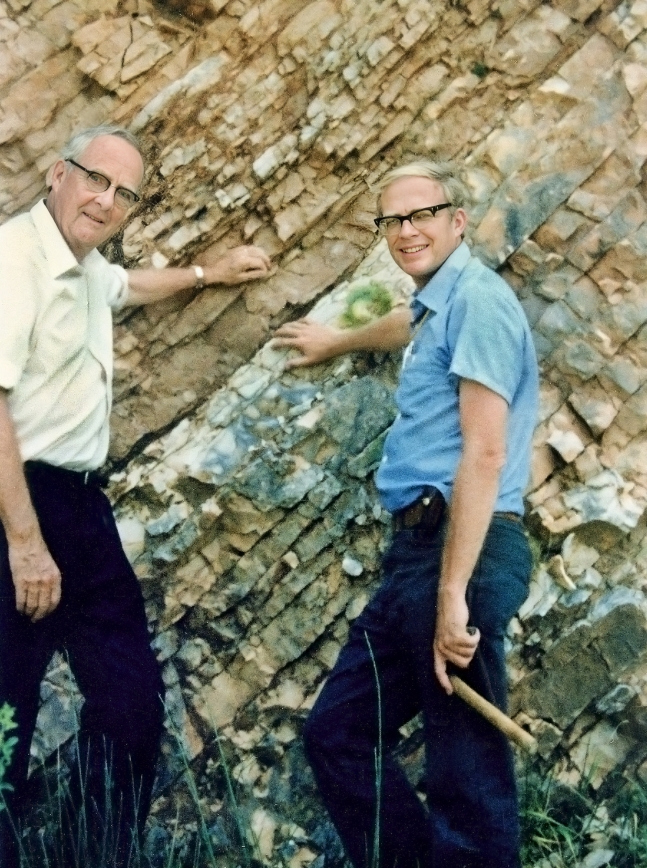
A theory popularized in 1980 by Luis Alvarez and his son Walter suggested a massive asteroid strike as the causal event that jump started the extinction. Evidence in geographical locations, including an impact crater in Mexico and boundary striping in rocks supported this theory, but the exact mechanisms of extinction were still unknown.
Many Species Were Wiped Out, With Some Interesting Exceptions
The pattern of extinction is part of what stumped scientists for decades as far as the causal factors. Fossil records show that all continents were affected at the same time, and that plants were affected first and foremost by the theorized asteroid impact. This led to a huge chain of events that rippled through the food chain.

Omnivores, insectivores, and carrion eaters survived, as well as a number of stream and lake-living animals. Similarly, animals that lived on the ocean floor were largely exempt, where animals that lived closer to the surface were devastated by the destruction of phytoplankton and plantlife. Scientists estimate that about 75% of lifeforms were killed off by the K-T extinction. But why?
Following The Evidence
Following the asteroid impact theory, some interesting patterns emerge. The extinction event was relatively quick and devastating, though not evenly distributed across all species, as mentioned. The death of plantlife leads to some interesting theories about the causal factors of death, with more evidence coming to light in recent years.
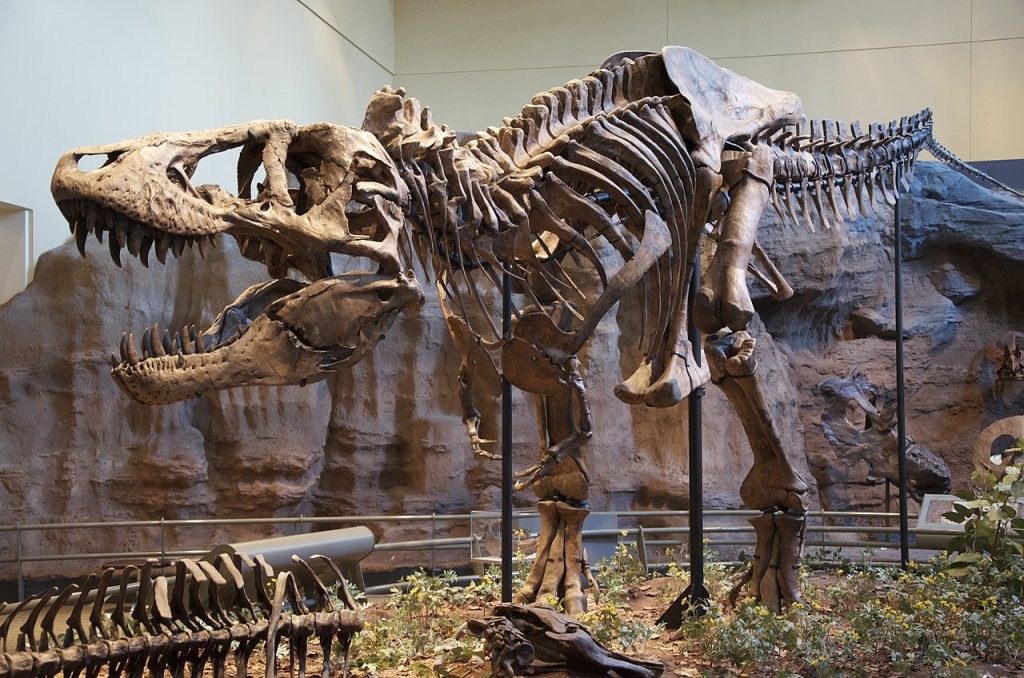
In fact, contemporary scientists now believe that the asteroid impact caused trillions of tons of dust, sulfur, and soot to be kicked up into the air. The particles would have swirled around in the atmosphere for years after the initial impact, causing devastating consequences to plant life as the sun was blocked out by the pollution.
Backed By Science
Computer simulations, as well as dust particles found in parts of North America, support the theory. The dust would have blocked out the sun’s rays almost completely for up to two years, halting photosynthesis in plant life and phytoplankton and causing temperatures to drop up to 15 degrees Celsius.

The asteroid impact would have detonated with the force of a billion nuclear bombs combined, due to the size. While this initial impact would have been devastating to the planet all on its own, it isn’t what ultimately killed three out of four species on the planet.
A Slow, Sneaky Death In the Wake of the Impact
Scientists now believe that, in the wake of the asteroid impact, the Earth rapidly went dark and cold. The change in climate devastated plant populations, and therefore herbivores would have quickly lost access to their food source. Carnivores, likewise, would have quickly died off as their food supply quickly depleted.
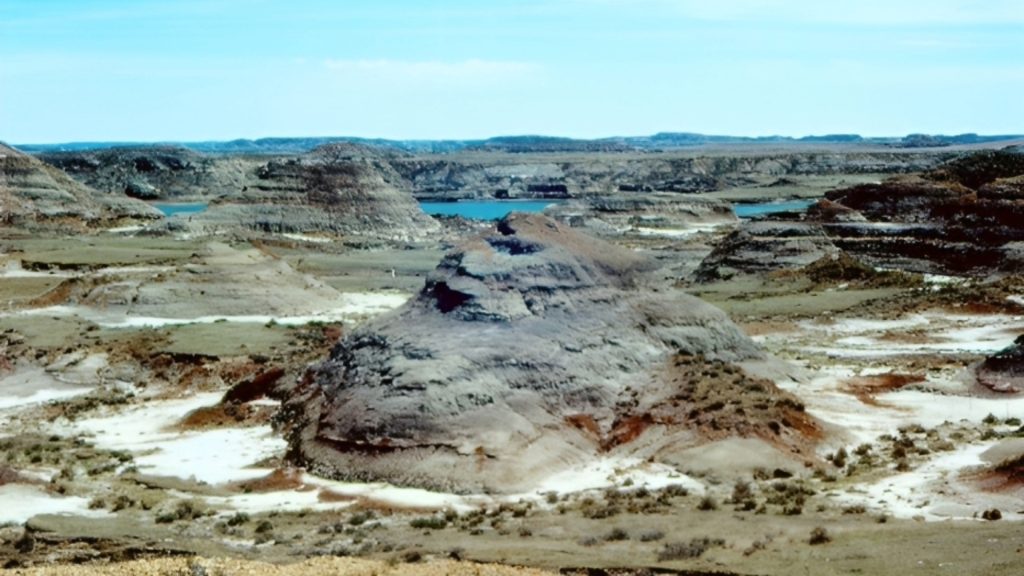
The asteroid triggered the extinction event, there’s no question of it. The ultimate results were more a slow burn than an immediate explosion, though. As the plants died off and the planet cooled, an inevitable chain of events was triggered that eventually led to the death of so many species.
Not the Last Extinction, By a Long Shot
The K-T event was a sneaky extinction, one that made way for many of the plants and animals that are familiar to us today. And unfortunately, it wasn’t the last extinction event this planet will see. There are many modern scientists that believe that the Earth is currently in its sixth major extinction event, primarily pushed by human activity.
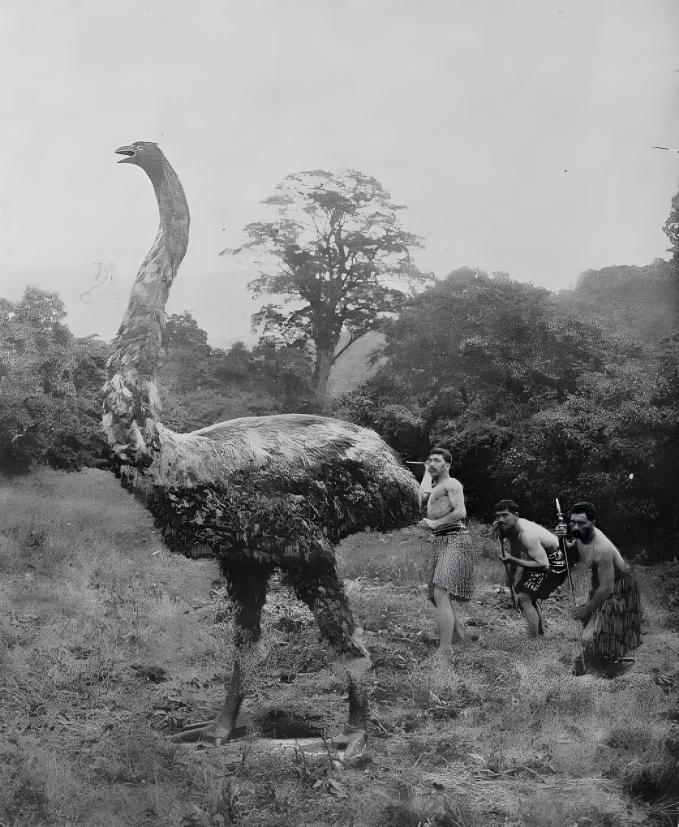
Since 1900, scientists have seen a pattern of extinctions that exceeds 1000 times the background extinction rate prior to that. It is believed that human activity, driven by population growth and an overconsumption of resources is responsible. Absent major interference on policy or activity, this is expected to continue.
The Dinosaur’s Death Made Way For Our Modern World
The Earth has gone through major changes in its billions of years of existence, and it will continue to change as factors outside the natural order influence it. While the dinosaurs ruled for millions of years and had their day, their death made way for the Earth as we see and experience it today.

Still, there are hints of their existence in the natural world. Alligators, sharks, some species of mollusk and birds, all are evidence of a time millions of years past that is long gone. While it’s important to understand the ultimate causes of extinction, it cannot distract from the natural wonder of the world that is all around us.




